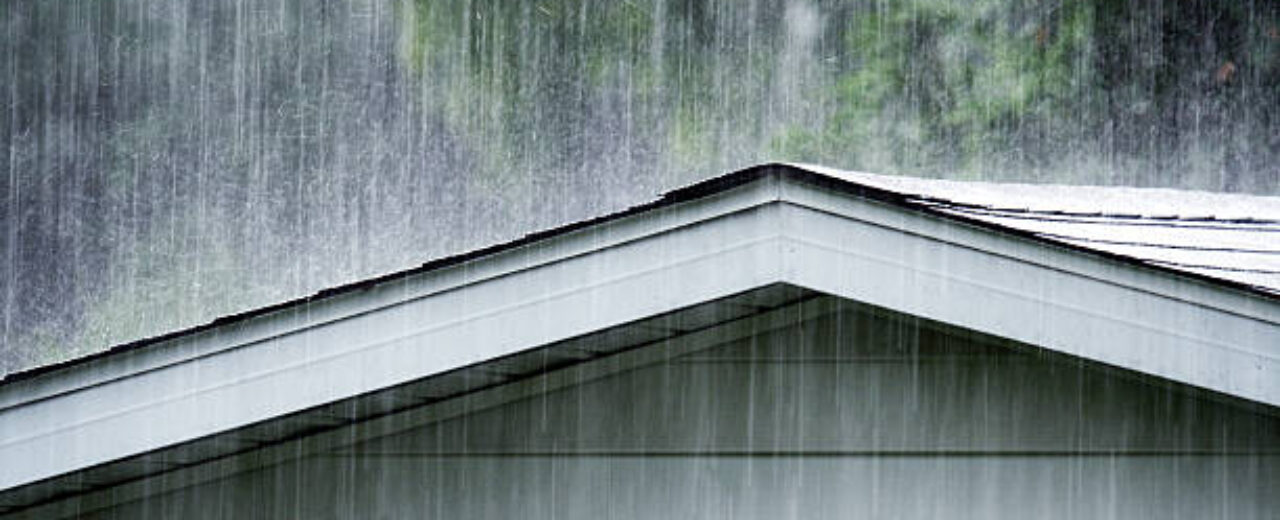What to Do If You Suspect a Leak During a Rainstorm
Discovering a roof leak in the middle of a rainstorm can be stressful — and messy. Water intrusion can cause significant damage in a short amount of time, so knowing how to act quickly and safely is key. Here’s a step-by-step guide to help you minimize damage until professional repairs can be made.
1. Stay Safe First
Before anything else, make sure you’re safe. Avoid standing on wet surfaces, using ladders in the rain, or attempting to climb onto the roof during a storm. Water and electricity don’t mix, so if you see water near outlets or electrical wiring, shut off the affected circuits at your breaker box and call an electrician if needed.
2. Locate the Source — or the Signs
Finding the exact source of a leak during heavy rain isn’t always easy. Water can travel along rafters or drywall before it becomes visible. Look for these indicators:
- Ceiling stains or bubbling paint
- Dripping water inside your home
- Wet spots on walls, beams, or attic insulation
If possible, use a flashlight to inspect your attic for drips, damp insulation, or water trails. Mark the areas you see — this will help the roofing contractor later.
3. Contain the Water
Once you’ve identified the source of the water, place a bucket, pot, or plastic container under the drip to catch the water. If water is collecting and bulging your ceiling drywall, puncture the lowest point of the bulge with a screwdriver (while holding a bucket underneath) to allow the water to drain in a controlled manner. This can prevent a sudden collapse and more costly repairs.
4. Protect Your Belongings
Move furniture, electronics, and valuables out of harm’s way. For items that can’t be moved, cover them with waterproof tarps or thick plastic sheeting. This step can save you from having to replace expensive household items later.
5. Relieve Attic Pressure if Safe
If you can safely access your attic, use buckets or pans to collect dripping water and move damp insulation away from the leak. Be cautious — wet insulation is heavy and fragile, and roof decking can be slippery.
6. Minimize Further Exposure
If the storm has subsided enough and it’s safe to do so, you can place a tarp over the suspected leak area on the roof. This is a temporary fix until a professional arrives. For safety reasons, it’s best to let an experienced roofer handle this step.
7. Call a Roofing Professional Promptly
A quick response is critical. Contact a licensed roofing contractor as soon as possible to inspect and repair the damage. Describe what you’ve observed, and share photos if you have them. This will help them prepare for the repair.
8. Document for Insurance
Take clear photos and videos of the leak, water damage, and any temporary measures you’ve taken. These records can support your homeowner’s insurance claim and help with coverage of repair costs.
Bottom line: Acting quickly during a rainstorm can significantly reduce water damage from a roof leak. Focus on safety first, contain the water, protect your home’s interior, and contact a roofing professional immediately. The faster you act, the less extensive — and expensive — the repairs will be.


